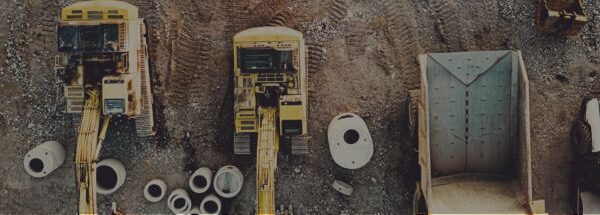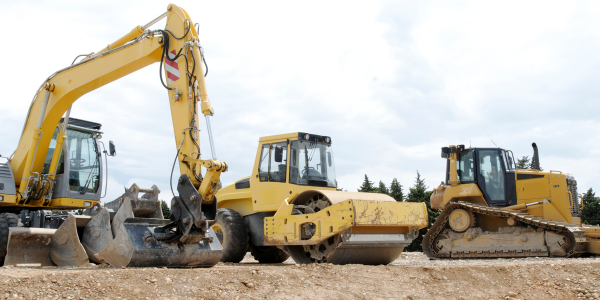
If you have a specialist rental business that provides labor alongside equipment, then managing your labor requirements is as important as managing your equipment rentals. For some, this may mean running a separate time and attendance system alongside your rental software. For others, it means creating “rental assets” for your people in order to manage them in your rental software. If labor is not a large component of your rental business currently, but you’re considering it, then read on.
The concept of operated equipment (equipment that goes out on rent with a driver or operator) has become more of a hot topic, as this is where the equipment rental industry is leaning towards in regards to an additional (and profitable) revenue stream. As time has moved forward, we’ve increasingly seen a demand from rental businesses providing labor more generically. Rather than being tied to individual assets, the labor may relate to set up and tear down crews building pumping systems or setting out traffic management equipment. It may cover regular maintenance events during the course of the rental or on-site project management services provided by the rental company to the customer.
In these circumstances, the contract may be built up of a combination of operated equipment-style charging, normal rental charges and specific labor charges provided as services. In some cases, timesheets are used to pass charges through to the customer. In others, the timesheet is only used to capture the time and store it for reporting and costing purposes. In all cases, though, the demand for labor needs to be captured on the rental contract (or even a sales contract). It then needs to be scheduled and ultimately, a timesheet must be captured.
Tracking the revenue is imperative if you’re looking to expand your services to include various forms of labor. Accounting for labor costs (hourly wages, benefits, overtime, etc.) cannot be accurately captured when you set up your personnel as a rental asset.
Also, take into the consideration the labor requirements for specific tasks, or requirements as specified by the customer. Does the task require someone with a special license or certification? Meaning, can this task only be assigned to particular team or a single person? Understanding the limitations of the job, task or your personnel makes allocating labor much easier.
Also bear in mind when labor will be needed during the rental process. Will it be at the beginning and end, during the rental, once a week, every day – single or double shift? Once you’ve defined the requirement, you can then plan out your labor schedule, allocating the right people to the right contracts. This is especially important if you find the need to swap people during the rental, covering multiple shifts or re-allocating labor for any other reason.
At Wynne, we’ve enhanced our software to accommodate the changing needs of our customers, which includes managing labor and allocation. If you’d like to see a demonstration, please contact us here for a comprehensive overview.




